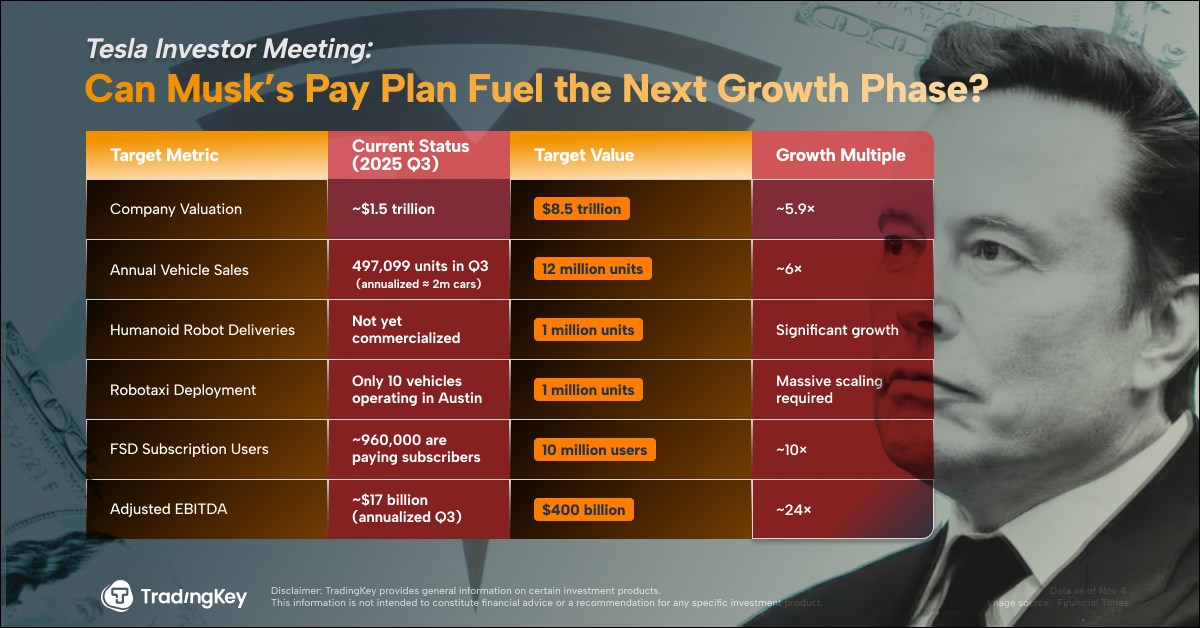Bund yields on track for first monthly drop since April

By Stefano Rebaudo
Sept 30 (Reuters) - Euro area benchmark Bund yields were on track for a small monthly drop on Tuesday, their first since April, returning to levels last seen after Germany announced plans to massively increase fiscal spending.
Bund yields jumped in March on expectations that German fiscal stimulus would boost growth and inflation, then dropped sharply in April amid concerns over the deflationary impact of U.S. tariffs.
They rose in the following months on expectations of a trade deal with the U.S. and on data that showed a resilient economy.
U.S. Treasuries have taken the lead recently as the euro area’s fixed income markets struggled for direction.
Germany’s 10-year Bund yield, the bloc’s benchmark, was flat at 2.71%. It was set to end the month 1.5 basis points (bps) lower.
Tuesday’s data failed to trigger price action in the sovereign bond markets.
German retail sales unexpectedly fell in August, while the number of people out of work rose more than expected in September, data showed on Tuesday.
Inflation rose in four key German states in September, in line with analysts' forecasts. Italy and France also released consumer price figures, though with inflation broadly around the European Central Bank's target, investors see comparatively little chance of a change in ECB policy in the coming months.
Traders priced in a roughly 35% chance of a 25 bps ECB rate cut by July EURESTECBM7X8=ICAP.
Germany’s 2-year yields DE2YT=RR, more sensitive to expectations for ECB policy rates, were roughly unchanged at 2.02%
One focus for traders is how shorter and longer dated bonds move relative to each other.
"EUR steepeners remain a theme in recent client meetings, but further hawkishness from the ECB is a concern,” said Reinout De Bock, rate strategist at UBS.
The yield curve steepens when the spread between long- and short-dated maturities widens.
The gap between 30- and 10-year German yields
"We remain in the euro 10s30s steepener, even if some Dutch pension funds have been delaying their transition," UBS’ De Bock added.
The reform of the Dutch system is expected to lead pension funds to reduce their demand for ultra-long bonds.
The yield gap between safe-haven Bunds and 10-year French government bonds DE10FR10=RR — a market gauge of the risk premium investors demand to hold French debt — was 82 bps.
New French Prime Minister Sebastien Lecornu said he aimed for a budget deficit of around 4.7% of GDP in 2026, not much changed from Bayrou's target of 4.6%, from a forecast 5.4% this year.







